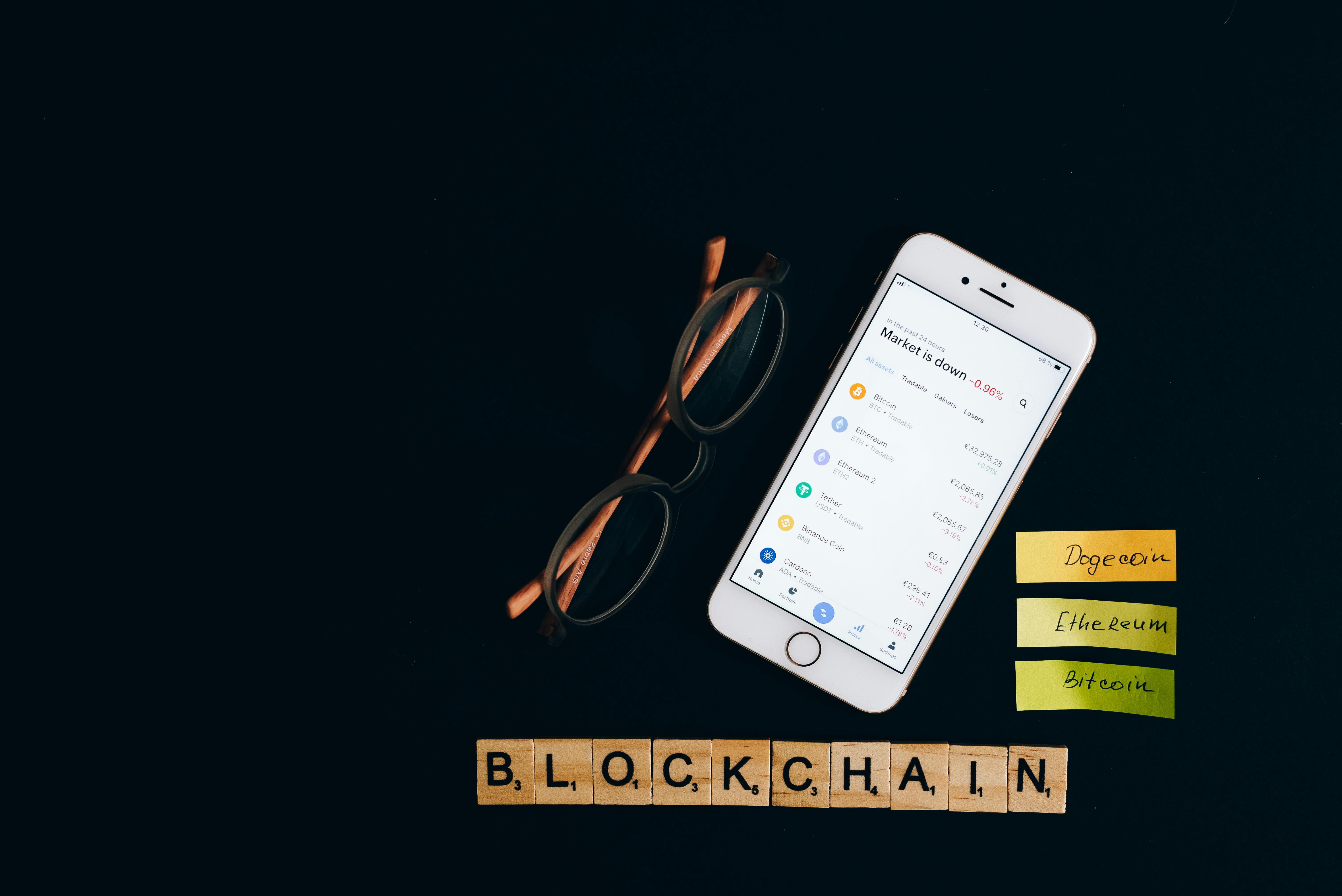are all cryptocurrencies mined
Are all cryptocurrencies mined
Related Links Are you ready to learn more? Visit our glossary and crypto learning center. Are you interested in the scope of crypto assets? Investigate our list of cryptocurrency categories https://xiaomidroneturkiye.com/slot-provider/aristocrat/. Are you interested in knowing which the hottest dex pairs are currently?
A coin is a cryptocurrency that is the native asset on its own blockchain. These cryptocurrencies are required to pay for transaction fees and basic operations on the blockchain. BTC (Bitcoin) and ETH (Ethereum) are examples of coins.
Cryptocurrencies such as Bitcoin feature an algorithm that adjusts the mining difficulty depending on how much computing power is being used to mine it. In other words – as more and more people and businesses start mining Bitcoin, mining Bitcoin becomes more difficult and resource-intensive. This feature is implemented so that the Bitcoin block time remains close to its 10 minute target and the supply of BTC follows a predictable curve.
Do all cryptocurrencies use blockchain
Given that blockchain depends on a larger network to approve transactions, there’s a limit to how quickly it can move. For example, Bitcoin can only process 4.6 transactions per second versus 1,700 per second with Visa. In addition, increasing numbers of transactions can create network speed issues. Until this improves, scalability is a challenge.
Currently, data storage is centralized in large centers. But if the world transitions to blockchain for every industry and use, its exponentially growing size would require more advanced techniques to make storage more efficient, or force participants to continually upgrade their storage.
While any conventional database can store this sort of information, blockchain is unique in that it’s totally decentralized. Rather than being maintained in one location, by a centralized administrator—think of an Excel spreadsheet or a bank database—many identical copies of a blockchain database are held on multiple computers spread out across a network. These individual computers are referred to as nodes.
It has a long way to go, though, before it really becomes part of the mainstream. Concerns around trust and regulatory compliance are among the top reasons for its slow adoption, according to the data journalism organization, Statista.
Once a transaction is recorded, its authenticity must be verified by the blockchain network. After the transaction is validated, it is added to the blockchain block. Each block on the blockchain contains its unique hash and the unique hash of the block before it. Therefore, the blocks cannot be altered once the network confirms them.
After the launch of IOTA, many non-blockchain protocols followed suit. However, most of them invented their own consensus algorithms to protect the network from double-spending attacks. Aside from IOTA, protocols utilizing DAGs also include Nano and Byteball.

Value of all cryptocurrencies
Coinlore Independent Cryptocurrency Research Platform: We offer a wide range of metrics including live prices, market cap, trading volumes, historical prices, yearly price history, charts, exchange information, buying guides, crypto wallets, ICO data, converter, news, and price predictions for both short and long-term periods. Coinlore aggregates data from multiple sources to ensure comprehensive coverage of all relevant information and events. Additionally, we provide APIs and widgets for developers and enterprise users.
Price volatility has long been one of the features of the cryptocurrency market. When asset prices move quickly in either direction and the market itself is relatively thin, it can sometimes be difficult to conduct transactions as might be needed. To overcome this problem, a new type of cryptocurrency tied in value to existing currencies — ranging from the U.S. dollar, other fiats or even other cryptocurrencies — arose. These new cryptocurrency are known as stablecoins, and they can be used for a multitude of purposes due to their stability.
Almost. We have a process that we use to verify assets. Once verified, we create a coin description page like this. The world of crypto now contains many coins and tokens that we feel unable to verify. In those situations, our Dexscan product lists them automatically by taking on-chain data for newly created smart contracts. We do not cover every chain, but at the time of writing we track the top 70 crypto chains, which means that we list more than 97% of all tokens.
At the time of writing, we estimate that there are more than 2 million pairs being traded, made up of coins, tokens and projects in the global coin market. As mentioned above, we have a due diligence process that we apply to new coins before they are listed. This process controls how many of the cryptocurrencies from the global market are represented on our site.
Want to know more about any cryptocurrency? Just click on it for a short description and more information! We help you compare and buy cryptocurrency. The prices of cryptocurrencies move up and down all the time. We recommend keeping track of all prices by comparing their charts. The price graph on the right shows the price development during the last 7 days (swipe to the right if you’re on the mobile). This gives you much more information to analyze and trends on the price. Compare cryptocurrencies below →


